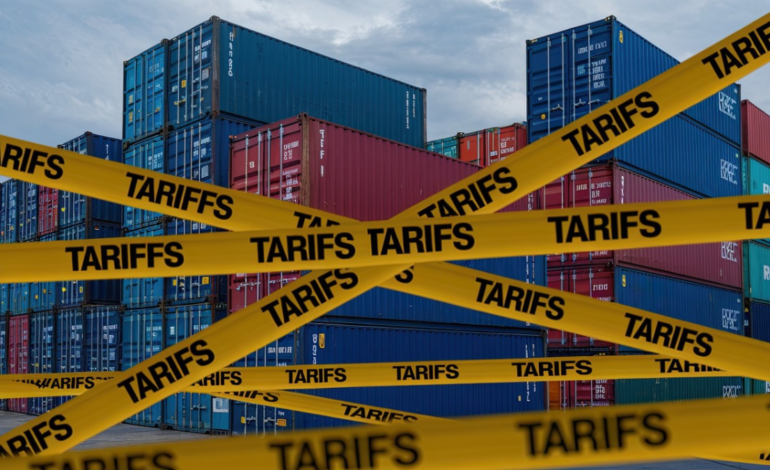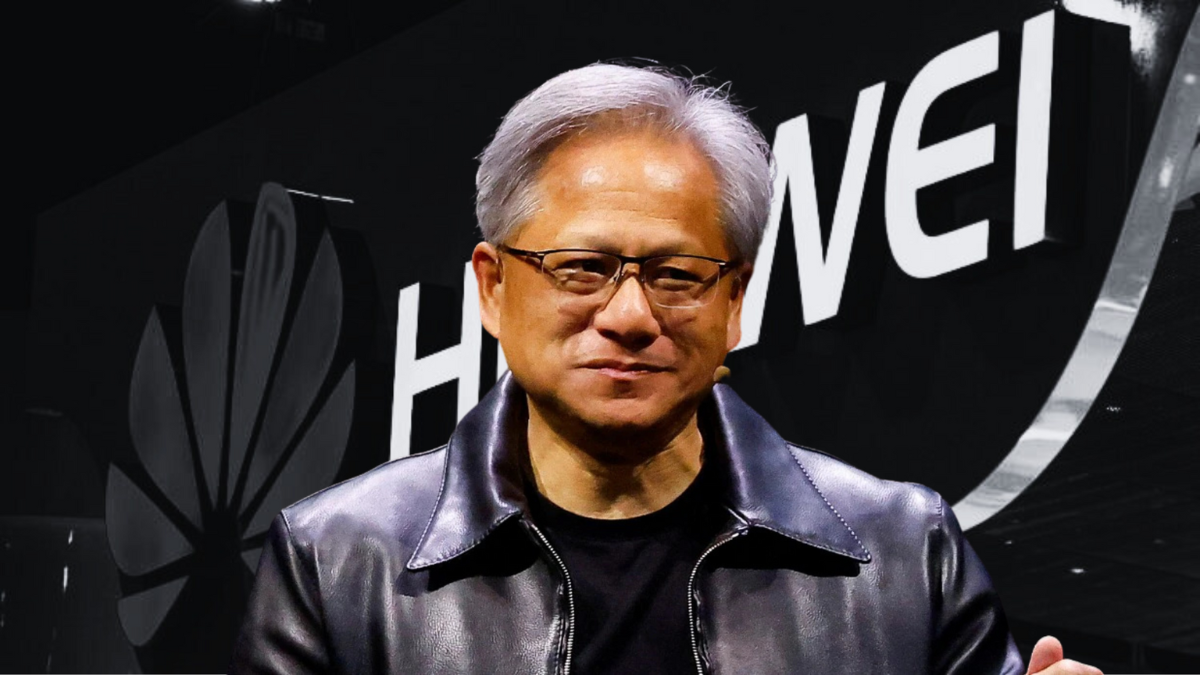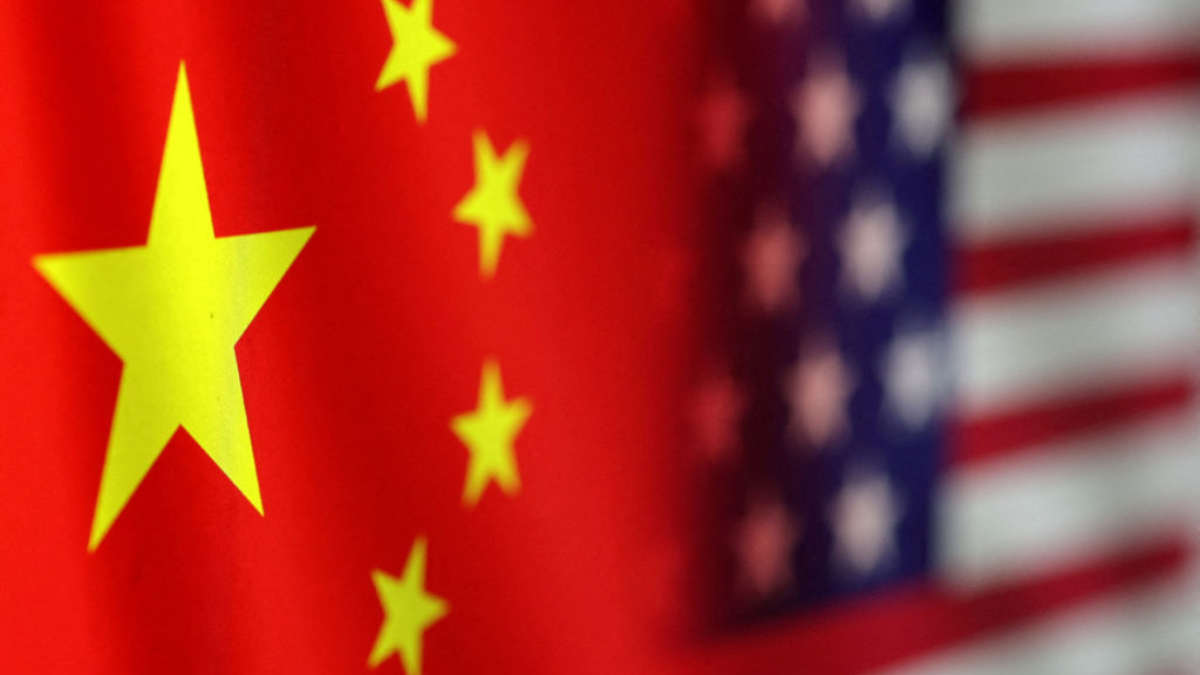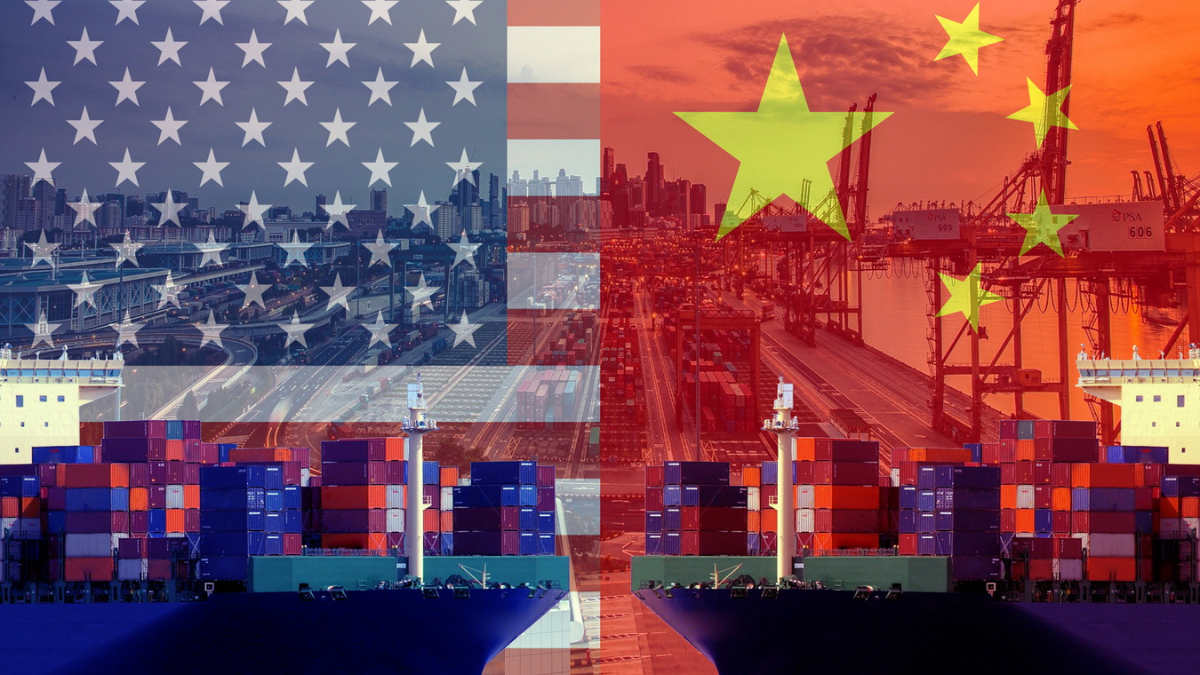Asia-Pacific Investors Brace for Prolonged Volatility as Trade Wars and Policy Divergence Intensify

Financial markets across the Asia-Pacific region face mounting uncertainty as a perfect storm of geopolitical tensions, trade conflicts, and diverging central bank policies threatens to prolong volatility through the second quarter. The latest flashpoint emerged as China maintained its benchmark lending rates unchanged while bracing for impact from new U.S. tariffs, creating a complex risk environment for regional investors.
The policy divergence between China and Western central banks has become increasingly stark. While the U.S. Federal Reserve signals it may keep rates elevated well into 2024 to combat inflation, China’s steady rates reflect its unique challenges – including a property sector crisis, weak consumer confidence, and now, escalating trade restrictions. “The current policy divide between Eastern and Western central banks is historically exceptional,” noted Rajiv Biswas, APAC Chief Economist at S&P Global Market Intelligence. “This creates challenging crosscurrents for Asian markets, particularly in currencies and export-oriented sectors.”
The new U.S. tariffs, targeting $18 billion of Chinese imports across strategic sectors, represent more than just economic measures – they reflect deepening geopolitical fissures in areas like clean energy and advanced technology. The tariffs include:
- 100% on Chinese electric vehicles (up from 25%)
- 50% on solar cells and modules
- 25% on lithium-ion batteries and critical minerals
- 25% on medical equipment and steel/aluminum products
These measures have sent shockwaves through regional supply chains, particularly affecting export-dependent economies like South Korea, Taiwan, and Vietnam that feed into China’s manufacturing ecosystem. South Korea’s benchmark index closed 0.16% lower, dragged down by 2%+ drops in battery manufacturers LG Energy Solution and Samsung SDI. Taiwan’s semiconductor-heavy Taiex index dropped 0.8% amid concerns about broader tech sector impacts.
Market reactions across the region highlighted these anxieties:
- Japan’s benchmark Nikkei 225 index dropped 1.33%, weighed down by automakers with significant China market exposure
- India’s markets proved more resilient, with the Nifty up 0.56% on strong domestic demand stories
- Southeast Asian markets were mixed, with Indonesia’s Jakarta Composite rising 0.3% while Thailand’s SET fell 0.5%
The tariff escalation comes at a sensitive time for China’s economy. While first-quarter GDP growth beat expectations at 5.4%, recent data shows softening industrial production and retail sales growth. The property market remains a significant drag, with new home prices falling in 70 of 100 surveyed cities last month. “China’s growth engine is sputtering just as external headwinds intensify,” noted Ting Lu, Chief China Economist at Nomura. “The policy toolkit is becoming constrained by currency pressures and debt concerns.”
Looking ahead, investors are bracing for several potential flashpoints:
- Possible Chinese countermeasures against U.S. tariffs
- Fed policy decisions and their impact on Asian currencies
- The EU’s impending decision on Chinese EV tariffs
- Unresolved territorial disputes in the South China Sea coupled with cross-strait tensions
In this environment, analysts recommend investors focus on domestic-oriented sectors less exposed to trade tensions, such as Indian consumer stocks, Indonesian resources, and selected ASEAN financials. Meanwhile, technology and export-dependent markets may face continued pressure until the global trade outlook becomes clearer.








